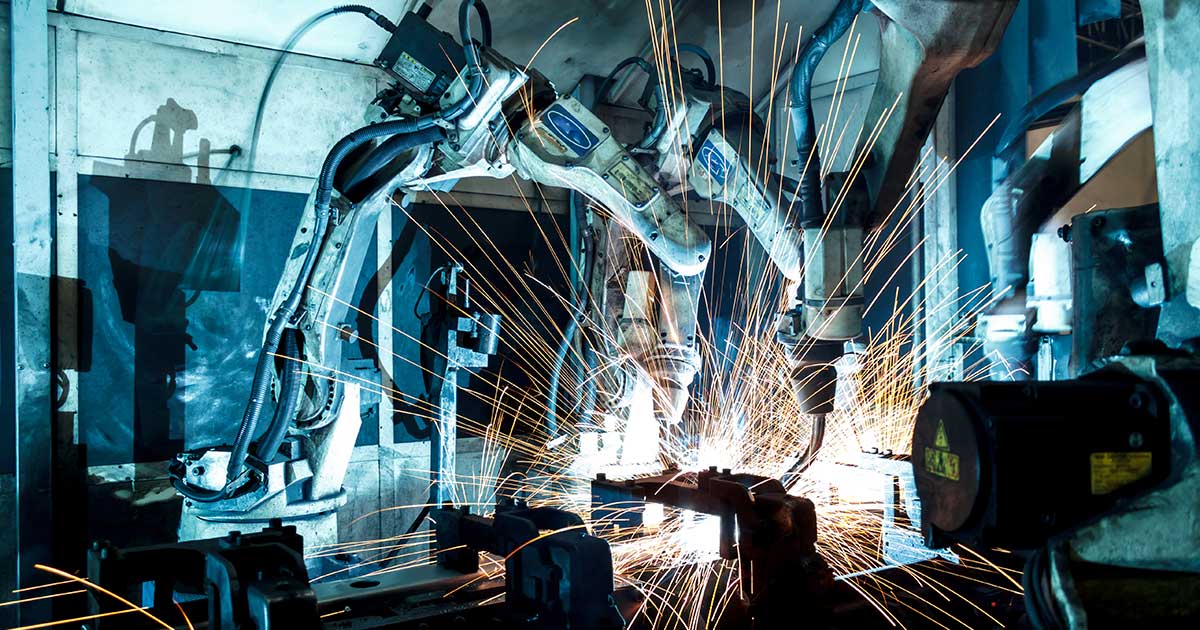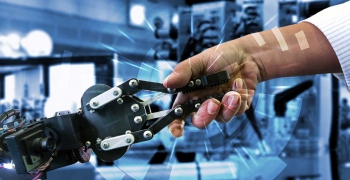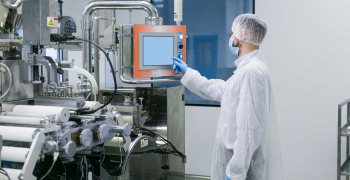Author Ursula K. Le Guin once said: “The future is a safe, sterile laboratory for trying out ideas in…a means of thinking about reality, a method.” Now imagine new products coming to life with a possible digital representation of its form. But, how do we bridge the real and virtual realms? The answer lies with digital twins which allow manufacturers to look beyond clay models or even physical prototypes. Featuring among the Top 10 strategic technology trends in 2017, digital twin technology has gained significant traction across industries. Analysts predict that connected products, backed by actionable real-time data, will be represented by digital twins in the future. With the unprecedented growth of Internet of Things (IoT), there is a sudden burst of interest in this concept. By 2018, organizations investing in IoT-based cognitive situational awareness or operational sensing will witness improvements of up to 30% in critical process cycle times. Consequently, manufacturers will be able to compare both actual and anticipated scenarios to make informed business decisions. Product environments are becoming increasingly complex with new feature requirements, stringent regulatory guidelines, and rapid development cycles. Although enterprises like to collect troves of data, they lack a comprehensive digital plan to radically transform their capabilities. Also, legacy simulation frameworks often fail to consider equipment aging, fault and failure conditions, wear and tear based on material properties, and the overall environment. Moreover, incumbent simulation software such as MATLAB, PSIM, and ANSYS have remained unevolved. The ideal scenario here is to develop a robust road map that can accurately predict system performance, incidence of errors, and ascertain the ROI. So, to lay the foundation for connected products and services, digital twins are becoming a business imperative.
Manufacturers today often grapple with the challenge of designing efficient products. Interestingly, a recent survey revealed that while companies make investments in analytics, DevOps remain the top priority. By embracing the digital twin model, enterprises can analyze their data and monitor systems to detect problems in advance, preventing downtime. As simulating new innovations is integral to the digital twin model, “what if” scenarios are generated to boost time to market, eradicating cost-intensive product quality issues. At the onset, smart components with sensors gather real-time data to enable seamless integration with the physical asset. These components are also connected to the Cloud-based system which gathers and processes the operational and environmental data monitored by the sensors. Creating the digital twins involves two crucial methods. The first step is to outline the digital twin process and information requirements pertaining to the product life cycle. The second step is to create the technology that integrates both the digital and physical asset for real-time flow of sensor data. Critical inputs from the sensors are analyzed against contextual data to identify areas of improvement. Additionally, the digital insights are applied to create new services which prove disruptive for the business. This next-gen model yields an evolving digital profile of a physical object or process, helps in analyzing the incoming data, and identifies deviations from an optimal point.
As Industrial IoT (IIoT) continues to gain prominence, applying predictive analytics will become integral to meeting business goals. It involves harnessing industrial data and using insights to generate accurate predictions. Digital twins are being increasingly deployed in predictive analytics to sort this data. In the automation space, most companies are utilizing digital twins for optimization and virtual commissions. However, they are not leveraging it for preventive or predictive maintenance. One exception is a subsidiary of an American multinational conglomerate that created a digital twin of a steam turbine at a conference held in November last year to highlight possible areas of predictive and prescriptive maintenance. NASA has also adopted the digital twin model to develop road maps, next-gen vehicles as well as decide on new product recommendations. The digital twins of spacecraft and stations ensure that the systems run effectively and the crew is out of danger. This paradigm shift to the parallel software model has ensured greater reliability and safety.
By 2022, 85% of all IoT platforms will embrace digital twins. Subsequently, companies will reduce investment in physical prototypes and shorten go-to-market period. The product lifecycle will become more efficient. Furthermore, in the manufacturing sector, predictive engineering analytics (PEA) will leverage the digital twin model to provide operational data. This model is also being applied to achieve closed-loop PLM which streamlines the digital thread and facilitates smarter enterprise asset management. The digital twin model will soon function as proxy for users with specialized skills, including engineers and manufacturers. Clearly, it is the next technological wave in simulation, conceptualization, and optimization. But will it lead to a perfect world? This is for you to answer.




